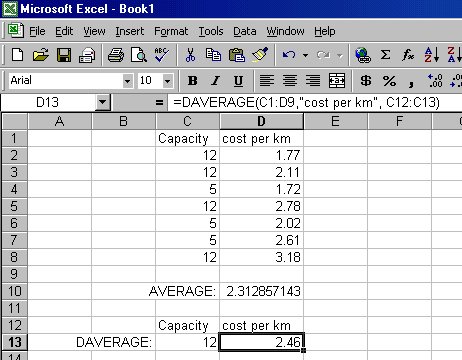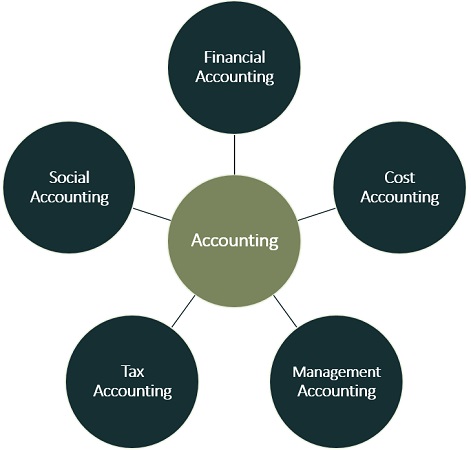Content

The debt to equity ratio only includes liabilities that are due to shareholders, such as loans from shareholders or bonds issued to shareholders. The debt to assets ratio, on the other hand, includes all liabilities, such as loans from banks, bonds issued to bondholders, and accounts payable. Long-term debt to assets ratio formula is calculated What is the debt to total assets ratio? by dividing long term debt by total assets. The debt to asset ratio is aleverage ratiothat measures the amount of total assets that are financed by creditors instead of investors. In other words, it shows what percentage of assets is funded by borrowing compared with the percentage of resources that are funded by the investors.
They don’t need to worry too much should a crisis approach since these companies will still have an adequate amount of non-debt assets. Keep in mind that this does not mean that these companies are the optimal choice for investment as the ratio does not take profitability into the equation. While your accountant may be the one responsible for calculating business ratios, the more information and understanding you have about your company’s financial health, the better.
How we make money
Emilie is a Certified Accountant and Banker with Master’s in Business and 15 years of experience in finance and accounting from large corporates and banks, as well as fast-growing start-ups. Another key factor that matters in debt ratio evaluation is the perception of stakeholders. Every company must balance the credit risk and opportunity cost when it comes to debt.

Therefore, comparing a company’s debt to its total assets is akin to comparing the company’s debt balance to its funding sources, i.e. liabilities and equity. The debt-to-asset ratio is a measure of a business firm’s financial leverage or solvency. Companies with high debt-to-asset ratios may be at risk, especially if interest rates are increasing. Creditors prefer low debt-to-asset ratios because the lower the ratio, the more equity financing there is which serves as a cushion against creditors’ losses if the firm goes bankrupt. Divide the result from step one (total liabilities or debt—TL) by the result from step two (total assets—TA).
What is the Total-Debt-to-Total-Assets Ratio?
The debt to assets ratio indicates the proportion of a company’s assets that are being financed with debt, rather than equity. A ratio greater than 1 shows that a considerable proportion of assets are being funded with debt, while a low ratio indicates that the bulk of asset funding is coming from equity. A company may also be at risk of nonpayment if its debt is subject to sudden increases in interest rates, as is the case with variable-rate debt.
- This is an important measurement because it shows how leveraged the company by looking at how much of company’s resources are owned by the shareholders in the form of equity and creditors in the form of debt.
- The higher the level of long term debt, the more important it is for a company to have positive revenue and steady cash flow.
- A ratio greater than 1 shows that a considerable portion of the assets is funded by debt.
- Debt ratio below 1 ( indicates that an entity has more assets than liabilities and its assets are largely funded by equity.
Total-debt-to-total-assets is a measure of the company’s assets that are financed by debt rather than equity. When calculated over a number of years, this leverage ratio shows how a company has grown and acquired its assets as a function of time. A low level of risk is preferable, and is linked to a more independent business that does not need to rely heavily on borrowed funds, and is therefore more financially stable. These businesses will have a low debt ratio (below .5 or 50%), indicating that most of their assets are fully owned (financed through the firm’s own equity, not debt).
Long Term Debt to Total Asset Ratio Explanation
The ratio should be compared with other companies in the same industry. To get a more comprehensive view, you can look at the company’s long-term debts to assets ratio over the years. This way, you can see if the ratio is increasing or decreasing, regardless of the amount. A company may have its long-term debts raising https://online-accounting.net/ year after year, but its long term debt to total assets ratio is stagnant or even reducing. This can happen if the amount of equity is also improving thanks to investments. The debt to equity ratio only includes liabilities that are due to shareholders, while the debt to assets ratio includes all liabilities.
Bet on These 3 Top-Ranked Liquid Stocks for Robust Returns – Yahoo Finance
Bet on These 3 Top-Ranked Liquid Stocks for Robust Returns.
Posted: Tue, 31 Jan 2023 13:03:01 GMT [source]
The company will likely already be paying principal and interest payments, eating into the company’s profits instead of being re-invested into the company. A total-debt-to-total-asset ratio greater than one means that if the company were to cease operating, not all debtors would receive payment on their holdings. David Kindness is a Certified Public Accountant and an expert in the fields of financial accounting, corporate and individual tax planning and preparation, and investing and retirement planning. David has helped thousands of clients improve their accounting and financial systems, create budgets, and minimize their taxes.